Rue des pojangmachas de Jongno 3-ga (종로3가 포장마차 거리)
2.0Km 2025-11-03
Gwansoo-dong, Jongno-gu, Séoul, Corée
La Rue des pojangmachas de Jongno 3-ga est une rue formée du côté de la sortie 1 de la station de métro Jongno 3-ga sur la ligne 1 et la ligne 5. C'est aussi appelé "rue de nuit de Jongno 3-ga", et pratiquement chaque sortie de la station Jongno 3-ga a une rue de stands de nourriture. En particulier, à la sortie 13, des propriétaires ayant plus de 20 ans d'expérience dans les stands de nourriture gèrent leurs affaires, ce qui en fait un endroit réputé pour la gastronomie. Grâce à l'atmosphère animée et au charme des soirées, les clients ne manquent jamais. Bien qu'il y ait des établissements ouverts dès l'après-midi, la plupart fonctionnent généralement de l'heure du dîner jusqu'à l'aube. De nombreuses entreprises sont situées près de Gwanghwamun, Jonggak et de la mairie, et il y a beaucoup de sites touristiques dans les environs comme Ikseon-dong et Insadong, attirant de nombreux employés de bureau et touristes étrangers. Chaque stand de nourriture a un menu différent, permettant de déguster des fruits de mer comme le nakji vivant, le myeongge, et le sea cucumber, ainsi que des plats de rue comme les udon et les ramen, le tout en un seul endroit.
Marché Dongdaemun (동대문종합시장 쇼핑타운)
2.0Km 2025-10-23
266, Yulgok-ro, Jongno-gu, Seoul-si
+82-2-2262-0114, +82-2-2262-2431
Le complexe commercial de Dongdaemun (Dongdaemun Shopping Complex) est l'un des espaces commerciaux les plus connus en Corée. Il a été fondé en décembre 1970 comme l'un des plus grands espaces commerciaux en Asie et continue de l'être encore aujourd'hui. Il est possible de trouver de nombreuses boutiques de vêtements recoupant toutes les tendances actuelles en matière de mode. Cet espace abrite par ailleurs la fashion week à Séoul.
Rue de Cheongwadae (청와대 앞길)
2.1Km 2025-08-20
Gungjeong-dong, Jongno-gu, Séoul
+82-2-120
La rue de Cheongwadae a été créée avec l’instauration du gouvernement civil, et s’étend depuis le carrefour de Hyoja à Hyoja-dong jusqu’au carrefour de Palpan à Palpan-dong. En suivant la rue Hyoja depuis la station de métro Gyeongbokgung, vous trouverez le Sarangbang de Hyoja, une fontaine, un bosquet d’hibiscus, le hall Yeonmugwan, le pavillon Daegogak et le hall Yeongbingwan.
Le Sarangbang de Hyoja est un petit bâtiment composé d’un rez-de-chaussée abritant une exposition relatant les 600 ans d’histoire de Séoul, et d’un étage où sont exposés des cadeaux d’hôtes étrangers prestigieux. Les visiteurs peuvent se reposer dans le jardin de derrière. Au Daegogak se trouve un tambour offert au président Kim Yeong-san en souvenir de l’ancien tambour Sinmungo. Le hall Yeonmugwan est l’endroit où le personnel des services de sécurité s’entraîne aux arts martiaux. On y trouve également une citadelle en pierre naturelle, ainsi qu’un espace de repos. Derrière le bosquet d’hibiscus siègent l’ambassade du Vatican et le pavillon Chilgung.
Bordée d’arbres touffus et de parterres fleuris, la rue de Cheonwadae est l’endroit rêvé pour une belle promenade. La résidence présidentelle Cheonwadae (qui signifie « Maison Bleue ») se trouve juste en face de la porte Sinmumun du côté Nord du palais Gyeongbokgung, et la rue se termine sur la porte Chunchumun, où se trouve le centre de presse de Cheonwadae. Un peu plus loin, la rue Samchongdong-gil s’étend depuis la porte Chunchumun jusqu’à la porte Geonchunmun (porte principale du palais Gyeongbokgung). De nombreuses galeries de peinture y sont installées (galerie Gukje, galerie Growrich, galerie Hyundai, etc) , ce qui en fait un lieu de prédilection pour tous les amateurs d’art.
Porte Gwanghwamun (광화문)
2.1Km 2022-12-14
161, Sajik-ro, Jongno-gu, Seoul-si
+82-2-3700-3900
Gwanghwamun est la porte principale du Palais Gyeongbukgung, fondé en 1395, par le premier empereur de la dynastie Joseon, Taejo.
C’est la porte du sud parmi les quatre portes de la capitale sud-coréenne. Son nom signifie “Que la Lumière de l’Illumination recouvre le Monde!” et elle porte le but profond que les gens qui ont fondé la dynastie Joseon avait, en créant une nouvelle dynastie.
La Porte Gwanghwamun a été construite de granite. Au centre, il y a une entrée ressemblant à un arc-en-ciel, appelée Hongyemun, et au-dessus, se trouve la tour de la porte. La Porte Gwanghwamun renferme un souvenir douloureux dans l’histoire de la Corée. Durant l’ occupation japonaise de la Corée, de façon à tuer les esprits des citoyens coréens, le général du gouvernement japonais avait détruit la porte et construit son propre bâtiment gouvernemental. L’apparence réelle de la porte est celle de 1968 lorsqu’elle a été reconstruite en utilisant du béton, et elle est située environ à 10m derrière le point d’origine. Pour restituer la forme d'origine de la porte, le gouvernement a entrepris des travaux d'aménagement à partir de 2006, ces travaux se sont terminés le 15 août en 2010.
Pyeonghwa, la Fashion Town de Dongdaemun (서울 평화시장)
2.1Km 2024-12-26
246, Cheonggyecheon-ro, Jung-gu, Seoul-si
+82-2-2265-3531~3
Pyeonghwa est le marché de la mode à Dongdaemun depuis la fin de la guerre, il y a plus de 60 ans. C’est ici qu’en 1953, des réfugiés nord-coréens ont commencé à vendre des uniformes de l’armée américaine. Le marché a ensuite été nommé Pyeonghwa, signifiant la paix, dans l'espoir que plus aucune autre guerre n’ait lieu sur le sol coréen. Le Marché Pyeonghwa regroupe aujourd’hui plus de 30.000 magasins, formant ainsi le quartier de Dongdaemun. Le marché est aujourd’hui considéré comme l'une des références mondiales pour l'industrie de la mode. Ce marché de la mode est divisé en quatre zones : Gu pyeonghwa, Cheong Shin Pyeonghwa, dong pyeonghwa et Pyeonghwa Fashion Town.
Donga Stationery (동아완구)
2.1Km 2024-09-20
5 Jongno 52gil, Jongno-gu, Seoul
Donga Stationery désigne un magasin situé le long de la rue Changsin-dong Stationery. Le magasin propose une large gamme de produits prisés par les enfants mais aussi les adultes. Le magasin se situe près de la sortie 4 de la station Dongdaemun (ligne 1).
Lol Park (롤파크)
2.2Km 2024-04-23
33, Jongno, Jongno-gu, Seoul
Lol Park est le plus grand centre consacré aux compétitions du jeu 'League of Legends' en Corée avec l'organisation des LCK (League of Legends Champions Korea). Le lieu accueille par ailleurs différents événements en lien avec l'e-sport.
Musée de l'Histoire de Corée (대한민국역사박물관)
2.2Km 2022-12-14
Séoul, Jongno-gu, Sejongdae-ro 198
+82-2-3703-9200
대한민국역사박물관은 19세기 말 개항기부터 오늘날에 이르는 대한민국의 역사를 종합적·체계적으로 보여주는 국내 최초의 국립 근현대사박물관이다. 종로구 세종대로에 있는 대한민국역사박물관은 옛 문화체육관광부 건물을 리모델링하여 건립한 지상 8층 건물로, 4개의 상설전시실과 2개의 기획전시실로 이루어져 있다. 이 밖에 세미나실, 강의실, 카페, 문화 상품점, 옥상 정원 등도 갖추고 있다.
Cheongwadae Sarangchae (청와대 사랑채)
2.2Km 2025-08-20
45, Hyoja-ro 13-gil, Jongno-gu, Seoul-si
+82-2-723-0300
Cheongwadae Sarangchae désigne un espace pour en apprendre plus sur la culture coréenne et l'Histoire des présidents en Corée. Il est possible d'en apprendre plus sur les charmes du tourisme en Corée et sur les histoires secrètes de Cheongwadae.
Boan1942 (보안1942)
2.2Km 2023-09-20
33, Hyoja-ro, Jongno-gu, Seoul
Avant de devenir un centre consacré à l'art, Boan1942 était un lieu consacré aux repos des voyageurs entre 1942 et 2005. Le lieu a été rénové en espace culturel en 2017 sous le concept de "Boanstay."
Boan1942 propose différents espaces thématiques comme un café, un espace culture, des ateliers workshop, un magasin de livres, un espace pour les expositions, etc. Situé à Seochon, un haut lieu de la culture à Séoul, Boanstay offre également une superbe vue de l'aspect historique de Séoul notamment sur le palais Gyeongbokgung Palace, Cheong Wa Dae, et le village des hanok de Seochon.
<Credit: Boanstay>
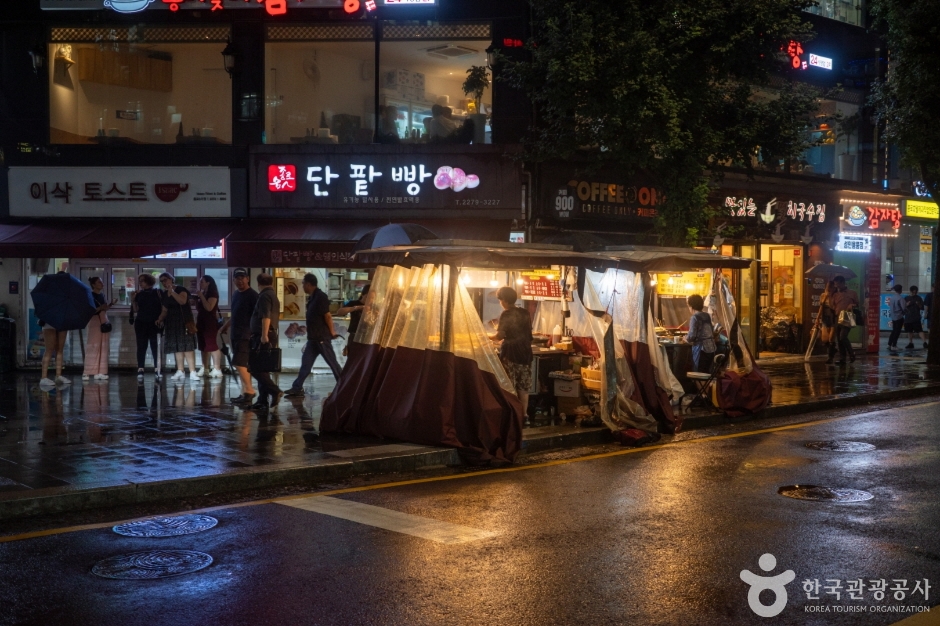
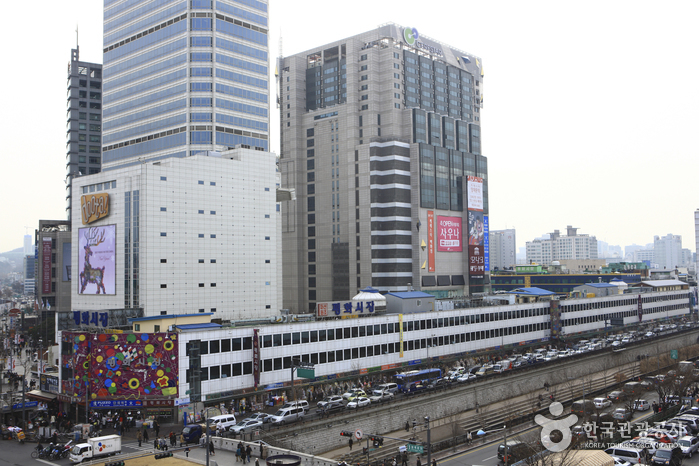
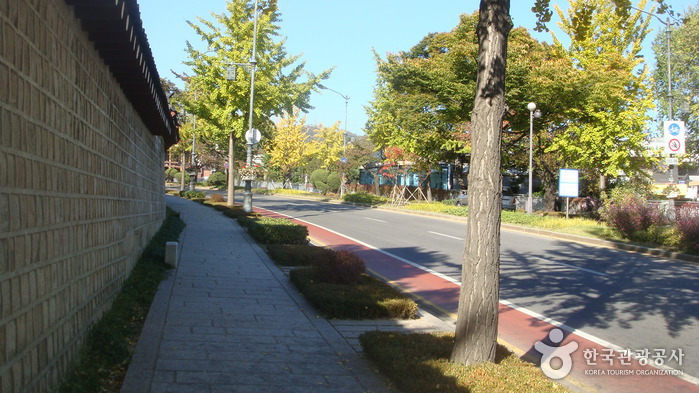

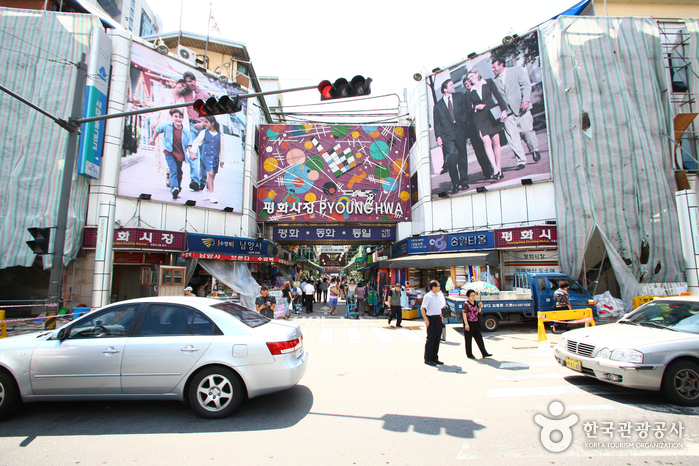
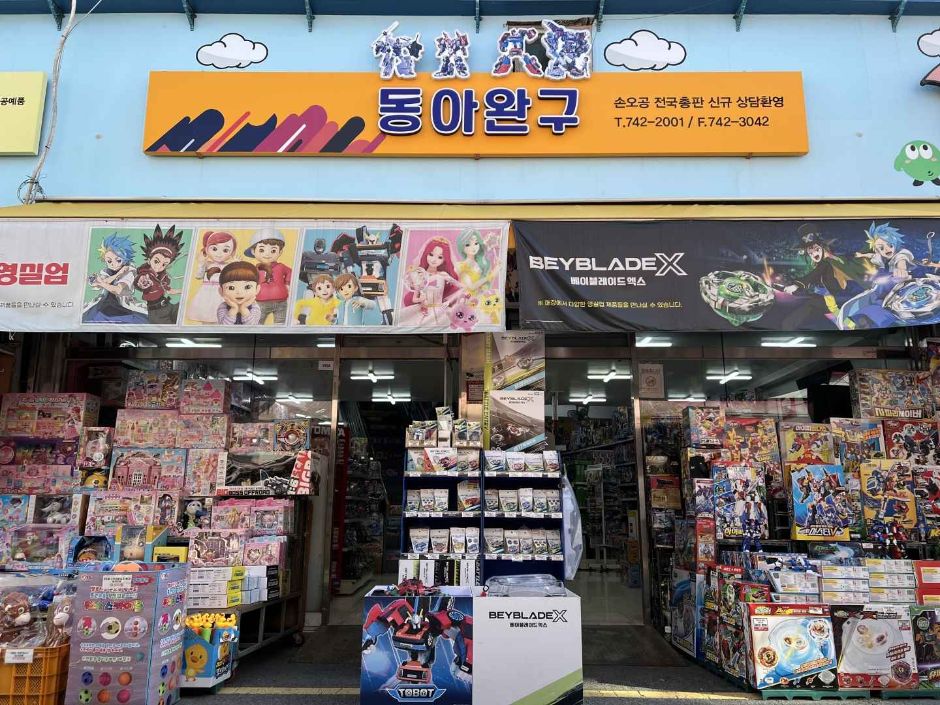
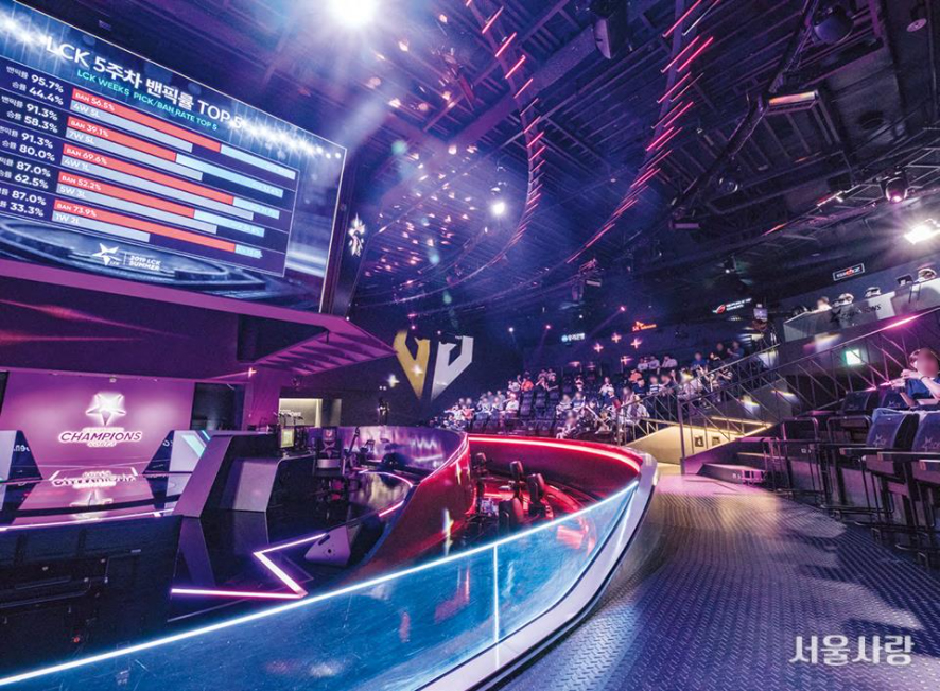
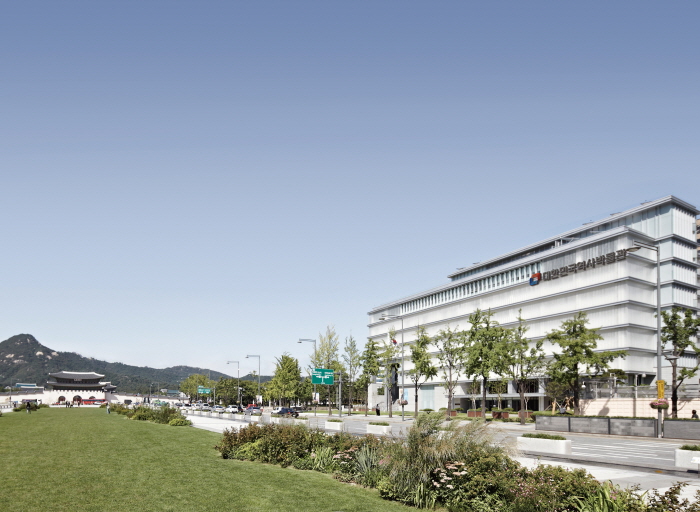
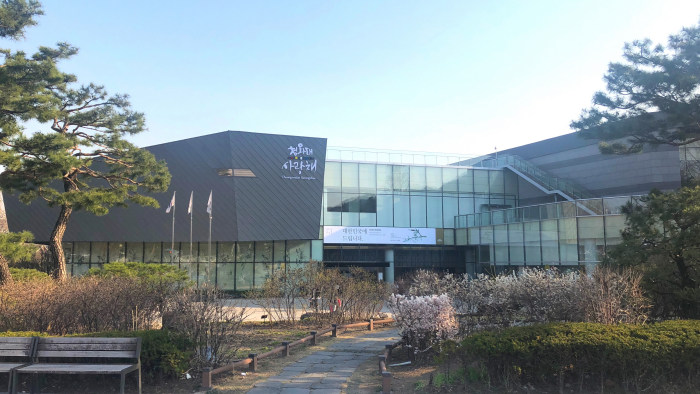
 Français
Français
 한국어
한국어 English
English 日本語
日本語 中文(简体)
中文(简体) Deutsch
Deutsch Español
Español Русский
Русский